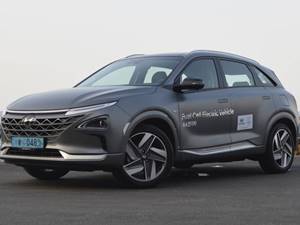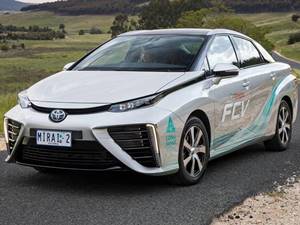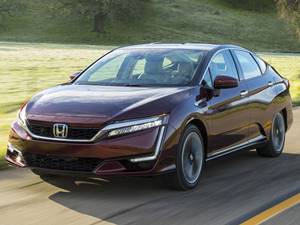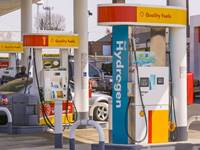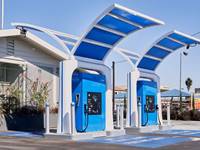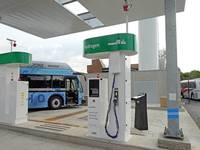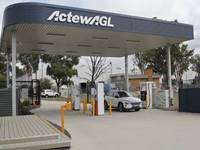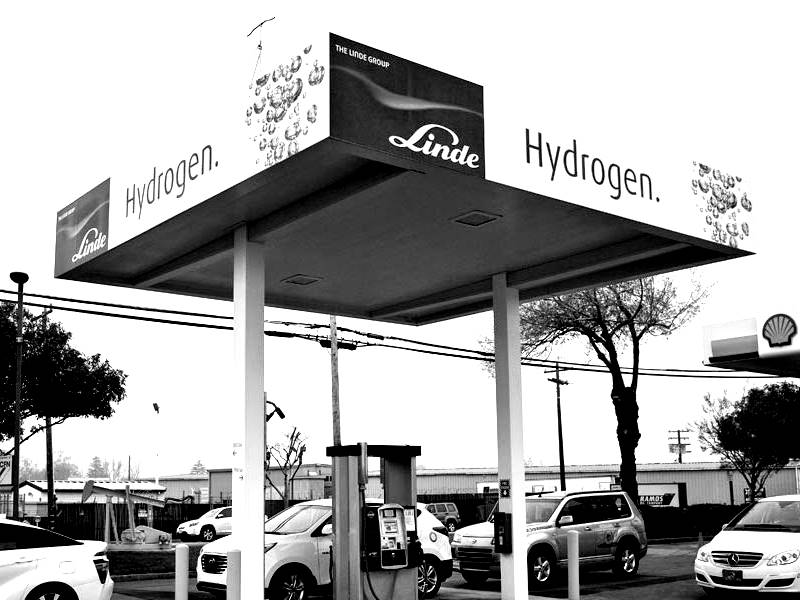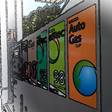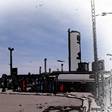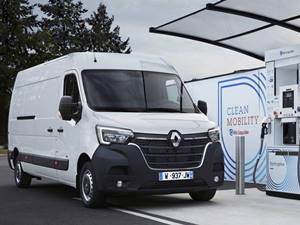Hydrogen Stations in bangladesh in

In the 1990s, the fuel cell was considered the only option for powering zero-emission vehicles. A fuel cell combines liquid hydrogen with oxygen to generate electricity to power vehicles by producing water. The advantage is that it takes only a couple of minutes, as opposed to the 30 minutes required by the battery, to fill a tank with 5.0 kg of hydrogen to power the family car for 300 kilometers. The downside is that hydrogen has to be produced, liquefied and stored to refuel the vehicle. Electricity is needed to split the water and produce hydrogen, which will be used in the fuel cell to generate electricity. The superiority of hydrogen over battery is that, its refueling time is negligible, and a single full tank gives the mileage, which is much higher than the comparable vehicle with battery.
The main advantage of hydrogen is the short refueling time and long range. The disadvantage is the lack of availability of expensive refueling stations. Every technology initially faces the barrier of unavailability of complementary facilities: There is a lack of hydrogen refueling stations in Bangladesh. But for hydrogen there seems to be good news. For long-haul trucks and buses, hydrogen is the only option. Since a single refueling can take a truck or bus more than 1,200 km, we don't need a large number of refueling stations to populate the roads.
Also, hydrogen is proving to be a boon to address a major limitation of renewable energy sources. The intermittency of renewable energy sources, as the sun doesn't shine or the wind doesn't blow all the time at a constant rate, is a major barrier to solar and/or wind power taking off as a complete substitute for conventional sources to power the world. As the wind blows at peak or the sun shines brightly, the extra energy could be used to produce hydrogen. This hydrogen would be transported to power cars, trucks, buses and trains. It seems that the hydrogen economy could be a strong complement to cope with the intermittency of renewable energy sources. Thus, countries that have embraced renewables, such as Denmark, Norway and Sweden, can already produce hydrogen as cheaply as gasoline. Basically, the energy cost of hydrogen production will be reduced to almost zero, as renewable energy producers usually offer free power while the wind starts blowing at peak times.
It is understandable that the big automakers, with Tesla leading the way, are behind battery electric vehicles. But Japanese automakers, such as Toyota and Honda, are still betting on hydrogen. There is no denying that the electric vehicle is now more attractive than hydrogen-based fuel cell vehicles for short-distance urban commuting. But once the basic infrastructure is in place to fuel long-haul truck, bus and rail fleets, hydrogen could be the preferred option for fueling tanks in minutes for hours of long-distance driving. In addition, the cost of hydrogen will also come down due to economies of scale and by taking advantage of the low-cost energy supplied by renewable energy sources while they are operating at peak performance. Despite the uncertainties and high initial preference for battery-powered electric vehicles, it appears that in the future the wheels will likely be powered by hydrogen, making hydrogen the fuel of choice for powering the green economy, and it will certainly be in Bangladesh as well.
Map of hydrogen filling stations in bangladesh
List of hydrogen filling stations in bangladesh
Hydrogen Service Stations in bangladesh
There are currently no hydrogen fueling stations in bangladesh.
